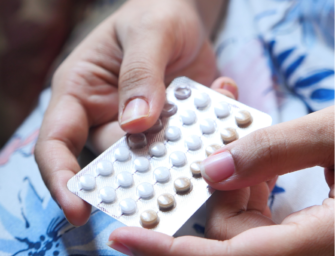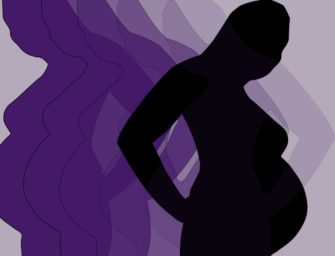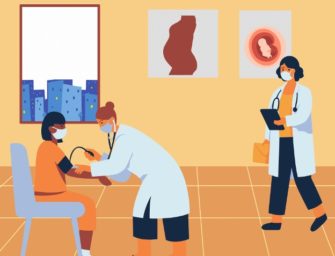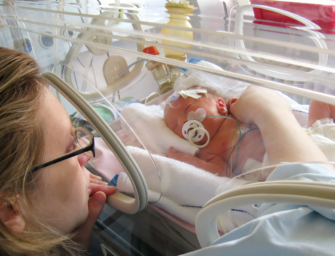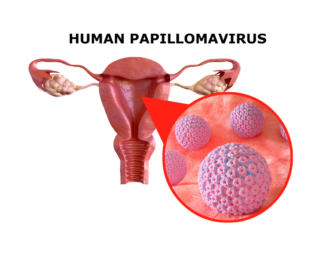Throughout this article, we may identify women as people with biologically-female anatomy, such as a uterus, a vagina, and ovaries. However, we acknowledge that people...[Read More]
All posts by Emma Hergenrother
Throughout this series on women’s reproductive care, we often identify women as people with biologically-female anatomy, such as a uterus, a vagina, and ovaries. However,...[Read More]
C-sections, where an infant is surgically removed from the uterus through an abdominal incision, are important, often life-saving procedures. While a vaginal birth is the...[Read More]
C-sections, where an infant is surgically removed from the uterus through an abdominal incision, are important, often life-saving procedures. While a vaginal birth is the...[Read More]
The North Carolina Justice Center is partnering with mission-driven organizations like Women AdvaNCe to help ensure that living, working, and raising a family in North...[Read More]
If you have ever been pregnant, you know how vitally important prenatal visits are to your own health, as well as the health and wellness...[Read More]
The North Carolina Justice Center is partnering with mission-driven organizations like Women AdvaNCe to help ensure that living, working, and raising a family in North...[Read More]
The North Carolina Justice Center is partnering with mission-driven organizations like Women AdvaNCe to help ensure that living, working, and raising a family in North...[Read More]
The North Carolina Justice Center is partnering with mission-driven organizations like Women AdvaNCe to help ensure that living, working, and raising a family in North...[Read More]
In your lifetime, you probably have had, currently have, or will have HPV. HPV, which stands for Human Papilloma Virus, is an incredibly common group...[Read More]

